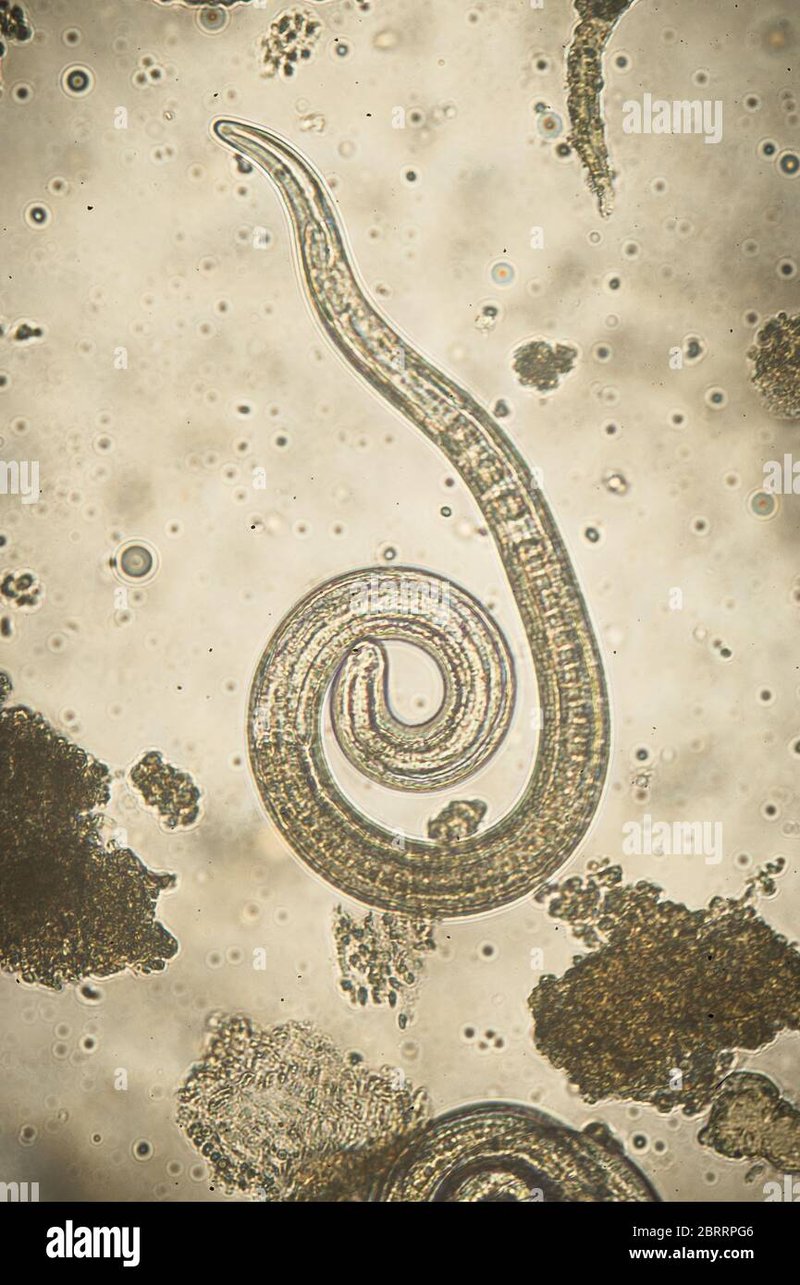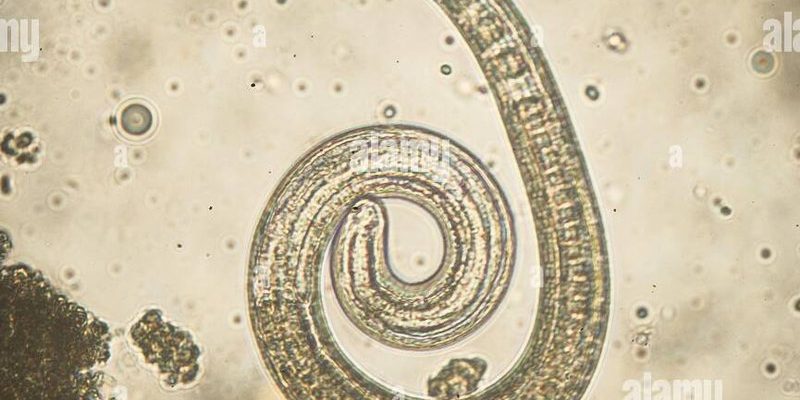
Studying this parasite in captivity could lead to breakthroughs in understanding its life cycle and how it affects health. It’s a bit like trying to understand a tricky puzzle—by examining each piece closely, researchers hope to uncover vital insights. So, can T. spiralis be farmed or studied effectively? Let’s dive into the fascinating world of this parasite and explore the potential of studying it in captivity.
What is Trichinella Spiralis?
Trichinella spiralis is a microscopic roundworm that can infect various animals, particularly carnivorous ones, and humans. This parasite has a complex life cycle that begins when an animal, like a pig, consumes T. spiralis larvae found in muscle tissue. Here’s where it gets interesting: once the larvae hatch in the host’s intestines, they mature and reproduce. The larvae then travel through the bloodstream and embed themselves in muscle tissue, waiting to be consumed by another animal.
This ability to thrive in various hosts is a big part of why T. spiralis is so fascinating to scientists. They’re not just looking at the parasite but also how it interacts with its host and environment. It’s like studying a relationship—how each party influences the other and how changes affect the whole dynamic.
The Life Cycle of Trichinella Spiralis
Understanding the life cycle of T. spiralis is essential for anyone looking to study or farm this parasite. The cycle begins when animals eat muscle tissue containing the encysted larvae. Within a few days, these larvae hatch and grow into adults in the intestines.
Here’s the breakdown:
- Inside the Host: Adult worms mate, and females produce new larvae. This is the stage where potential health risks for humans emerge.
- Migration: The new larvae travel through the bloodstream, eventually settling in the host’s muscle tissue.
- Encystment: The larvae encyst, which is essentially a survival tactic, allowing them to remain dormant until consumed by another host.
When humans eat undercooked meat containing these larvae, they can experience serious health issues, including gastrointestinal symptoms and muscle pain. By studying this cycle in a controlled environment, researchers aim to understand better how to mitigate these risks.
Challenges in Studying Trichinella Spiralis in Captivity
You might be wondering, “Why don’t we just study T. spiralis in a lab?” Well, there are challenges. First, the parasite requires specific conditions to thrive, which can be hard to replicate outside of its natural environment. Plus, ethical concerns about animal welfare arise when considering farming these parasites for research purposes.
Monitoring the lifecycle and the conditions needed for T. spiralis can be tricky, too. If a lab doesn’t mimic an animal’s natural habitat appropriately, the parasite may not develop as expected. This is like trying to grow a tropical plant in a northern climate; without the right environment, it just won’t flourish.
Moreover, there are safety concerns. Working with a parasite that can cause disease in humans requires strict protocols to avoid accidental infections.
The Potential for Farming Trichinella Spiralis
Farming T. spiralis could seem a bit odd at first glance, but there are several reasons researchers are exploring this option. If they can successfully farm these parasites in a controlled environment, it could lead to significant advancements in our understanding of parasitology and disease prevention.
Here are a few potential benefits:
- Research Opportunities: Culturing T. spiralis could lead to deeper insights into its biology, lifecycle, and interactions with hosts.
- Vaccine Development: Studying the immune response in hosts could pave the way for vaccines against trichinosis.
- Biotechnology Applications: Learning how T. spiralis interacts with hosts could have implications in fields like medicine and agriculture.
But there’s a catch: farming this parasite safely would require specialized facilities that prioritize biosecurity and ethical standards. It’s a balancing act, and researchers are still figuring out whether it’s feasible.
Current Research Directions and Findings
Researchers are actively exploring various ways to study Trichinella spiralis. Many are focusing on its genetics and how it adapts to different hosts. By diving into the genetic makeup of T. spiralis, scientists hope to find ways to disrupt its lifecycle and reduce the threat of trichinosis.
Another area of interest is the development of new treatment methods. Since T. spiralis affects the muscle tissue of its host, understanding how it interacts at the cellular level could lead to innovative therapeutic approaches. It’s like tinkering with a machine—figuring out what parts need to be adjusted for better performance.
Some studies even explore the potential for using T. spiralis as a model organism to study other similar parasites. This could help in understanding broader parasitic diseases and finding better treatment options.
In short, T. spiralis presents both challenges and opportunities for researchers. While farming and studying this parasite in captivity comes with hurdles, the potential insights could be invaluable. Scientists are working hard to understand its complex lifecycle, adapt it for controlled environments, and explore its implications for health and disease.
As we continue to learn more about Trichinella spiralis, its role in our ecosystems, and its interactions with hosts, we inch closer to better prevention and treatment strategies for trichinosis. By granting scientists the tools and knowledge to study T. spiralis effectively, we may unlock doors to advances that benefit both human and animal health. And who knows? This tiny parasite might just lead to big changes in how we approach parasitic diseases in the future.

